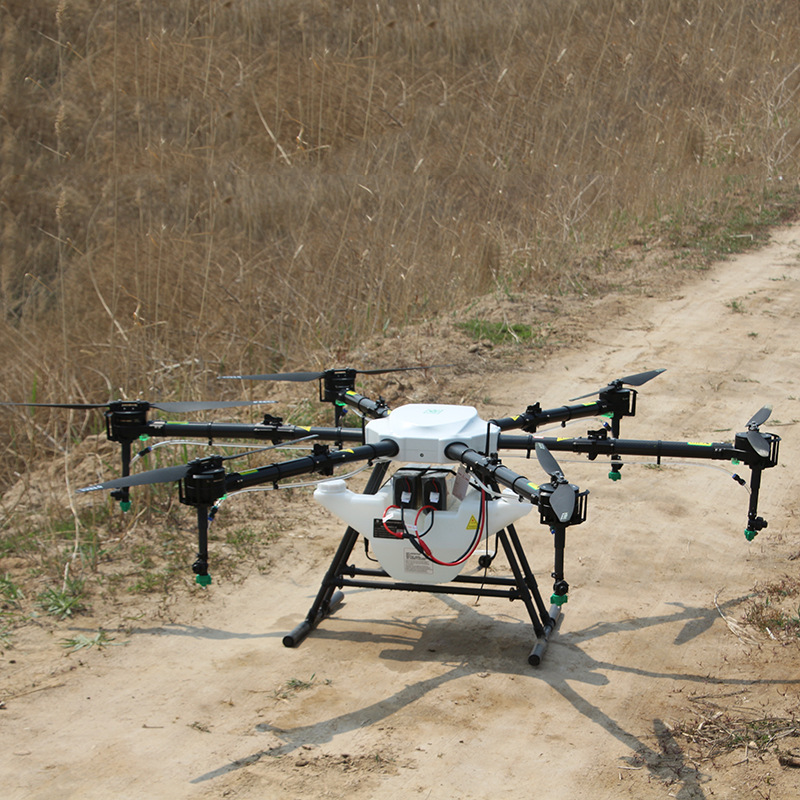
In recent years, Bulgaria’s agricultural sector—rooted in its fertile soils and strategic EU membership—has been navigating a familiar challenge: balancing tradition with the urgent need for efficiency. As one of Europe’s key producers of grains, sunflowers, grapes, and dairy, the country faces growing pressures: aging farm labor, rising input costs, and the global demand for sustainable, high-yield practices. Enter a transformative solution from across the globe: Chinese agricultural drones, now emerging as a cornerstone of Bulgaria’s agricultural upgrade.
Why Drones? The Imperative for Precision in Bulgarian Agriculture
Bulgarian farmers, like their peers worldwide, are increasingly turning to precision agriculture to stay competitive. Traditional methods—manual spraying, ground-based machinery—are slow, costly, and often imprecise, risking over-application of chemicals or uneven crop treatment. Drones, however, offer a leap forward. These unmanned aerial vehicles (UAVs) equipped with multispectral sensors, GPS guidance, and AI-driven analytics enable farmers to monitor crop health, detect pests or drought stress in real time, and apply fertilizers or pesticides with centimeter-level accuracy. For Bulgaria’s mixed terrain—from the Danube Plain’s flatlands to the Rhodope Mountains’ slopes—drones navigate obstacles with agility, reaching areas that ground equipment struggles to access.
Chinese Drones: A Perfect Fit for Bulgaria’s Needs
Among global drone manufacturers, Chinese firms have distinguished themselves through innovation tailored to diverse agricultural contexts. What sets their products apart?
1. Adaptability to Local Conditions
China’s vast and varied farmland—from rice paddies to highland tea plantations—has driven manufacturers to design drones with robust, all-terrain capabilities. Bulgarian farms, with their mix of flat cereal fields and hilly vineyards, benefit from this versatility. Localized settings, such as adjustable flight altitudes for low-lying crops or anti-wind stability for windy plains, ensure drones perform reliably across seasons.
2. Cost-Effectiveness Without Compromise
Compared to traditional machinery or European-made drones, Chinese agricultural UAVs offer competitive pricing without sacrificing quality. A mid-range model, capable of covering 10–15 hectares per hour and supporting 20–30 liters of liquid payload, is priced to align with Bulgaria’s farm budgets. This accessibility accelerates adoption, especially for small-to-medium-sized farms that form the backbone of the country’s agricultural sector.
3. Smart Features Aligned with EU Sustainability Goals
The EU’s Green Deal and Farm to Fork Strategy emphasize reducing chemical use and carbon footprints. Chinese drones address this directly: their precision spraying cuts pesticide/fertilizer use by up to 30%, lowering costs and environmental impact. Many models also integrate battery-electric powertrains, minimizing emissions—a key selling point for eco-conscious Bulgarian farmers and regulators.
From Shenzhen to Sofia: The Import Journey and Local Impact
Importing Chinese agricultural drones into Bulgaria involves navigating EU certification standards, including CE marking for safety and compliance with radio frequency regulations. Reputable exporters work closely with Bulgarian importers to ensure seamless clearance, often providing training for local technicians and farmers.
Early adopters in regions like Plovdiv (Bulgaria’s agricultural heartland) report transformative results. One vineyard owner shared, “Using drones for canopy monitoring and targeted spraying reduced our chemical costs by 25% last season and improved grape quality—critical for our premium wine exports.” Similarly, wheat farmers in the Danube Plain note faster planting and fertilization cycles, allowing them to respond quicker to weather shifts.
Looking Ahead: A Partnership for Growth
The collaboration between Chinese drone manufacturers and Bulgarian agriculture is more than a transaction—it’s a fusion of innovation and practicality. As Bulgarian farmers embrace these tools, they gain not just efficiency but also a foothold in smart farming trends. Meanwhile, Chinese exporters deepen their understanding of European agricultural needs, refining products for global markets.
For Bulgaria, this shift signals progress toward a resilient, tech-driven agricultural future. For Chinese drone makers, it’s a testament to how their solutions can empower farmers worldwide. Together, they’re not just importing drones—they’re cultivating a smarter, more sustainable way to feed the world.
In a sector where timing matters, Bulgaria’s embrace of Chinese agricultural drones is a step toward staying ahead. And as the drones hum over its fields, the promise of a more productive, sustainable tomorrow takes flight.
THE END

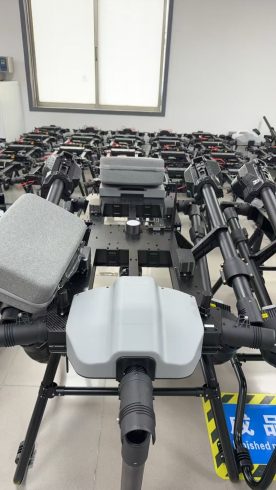
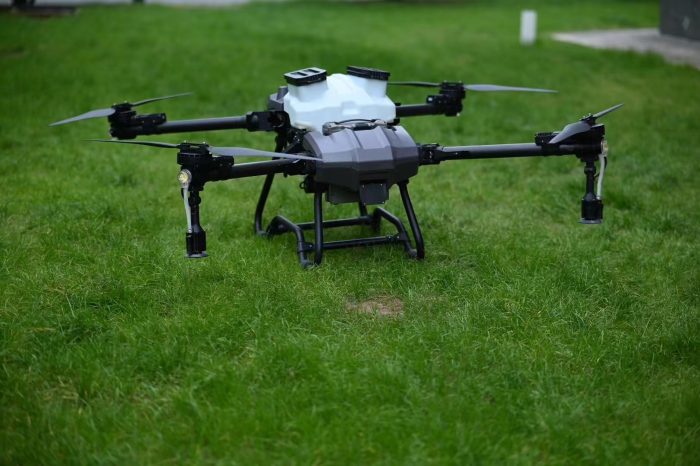

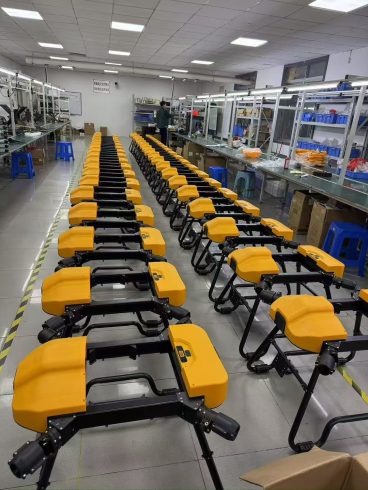
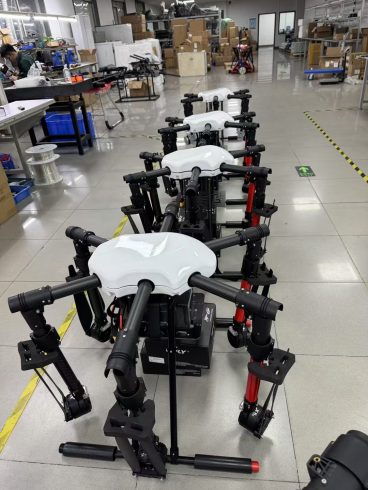

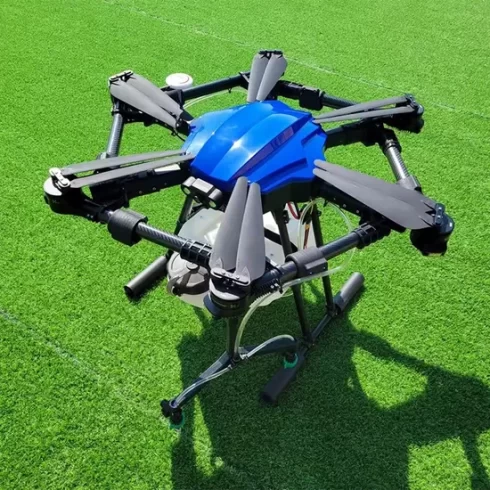


暂无评论内容